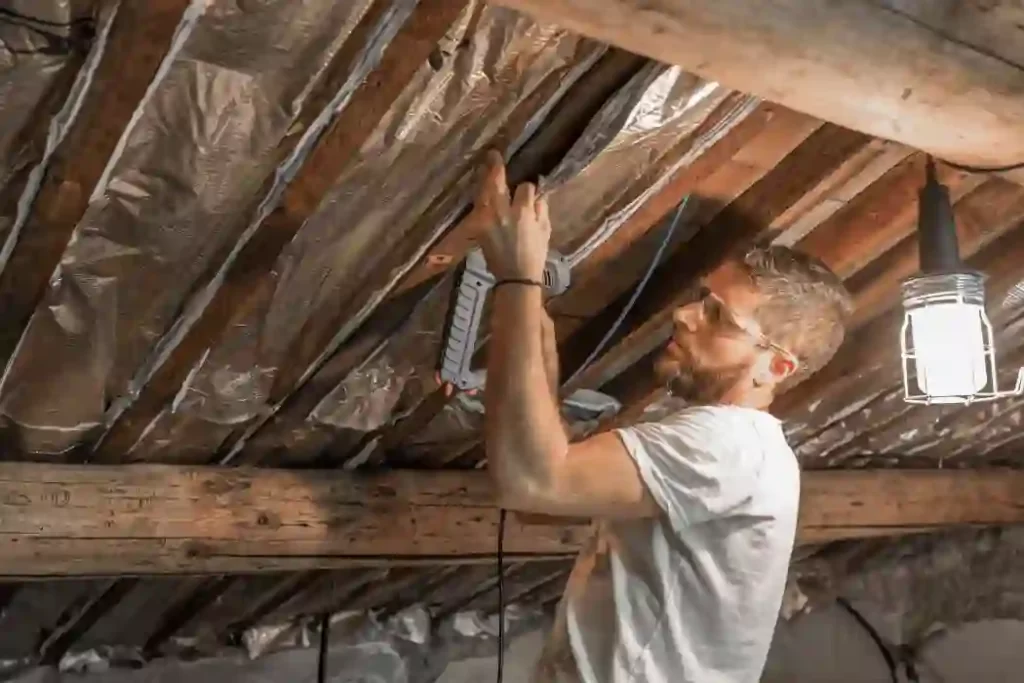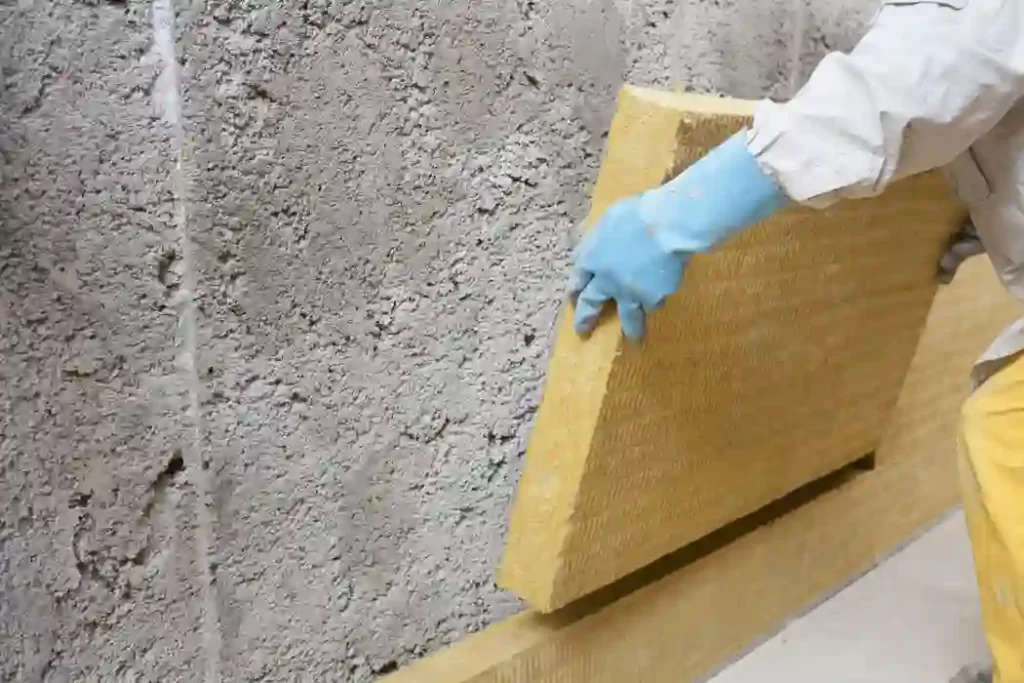If you’re looking for ways to save money on your energy bills, you might want to consider improving your home’s insulation. Insulation is a material that is designed to slow down the transfer of heat between your home and the outside environment. By adding insulation to your walls, ceilings, and floors, you can reduce the amount of energy your home needs to maintain a comfortable temperature. In this article, we’ll take a closer look at how insulation can save you money on your energy bill.
What is insulation?
Insulation is a material that is designed to resist the flow of heat. Heat naturally flows from warmer areas to cooler areas, so in the winter, heat flows from your warm home to the cold outside, and in the summer, heat flows from the hot outside to your air-conditioned home. Insulation helps slow down this process, keeping the warm air inside in the winter and the cool air inside in the summer.
Insulation can be made from a variety of materials, including fiberglass, cellulose, foam, and mineral wool. These materials are chosen for their insulating properties and are installed in various parts of your home, such as your walls, ceilings, and floors.
How insulation can save you money
Insulation can save you money on your energy bills in several ways. Here are some of the ways insulation can help:
Reducing heat loss in the winter
In the winter, heat naturally flows from warmer areas to cooler areas. This means that if your home is not properly insulated, heat will escape through your walls, ceilings, and floors. This can make your home feel colder, and it will take more energy to keep your home warm. By adding insulation to your walls, ceilings, and floors, you can reduce the amount of heat that escapes your home, making it easier and less expensive to keep your home warm.
During the home renovation, it is crucial to prioritize insulation to ensure energy efficiency and maintain a comfortable indoor environment.

Reducing heat gain in the summer
In the summer, heat naturally flows from hot areas to cooler areas. If your home is not properly insulated, heat from the outside will flow into your home, making it hotter and more difficult to keep cool. By adding insulation to your walls, ceilings, and floors, you can reduce the amount of heat that enters your home, making it easier and less expensive to keep your home cool.
Lowering your heating and cooling costs
When your home is properly insulated, you’ll use less energy to keep it at a comfortable temperature. This means that your heating and cooling systems won’t have to work as hard, and you’ll use less energy overall. Using less energy means you’ll save money on your energy bills each month.
Increasing your home’s value
Adding insulation to your home can also increase its value. Potential buyers are often willing to pay more for a home that is energy-efficient and has lower energy bills. This means that if you ever decide to sell your home, you could get a higher price for it if you’ve added insulation.
How much can insulation save you?
The amount of money you can save by adding insulation to your home will depend on several factors, including the size of your home, the climate you live in, and the current state of your insulation. However, studies have shown that adding insulation to your home can save you anywhere from 10% to 50% on your energy bills each month. The exact amount you’ll save will depend on your specific situation.
How to know if your home needs insulation
If you’re not sure whether your home needs insulation, there are a few signs to look for. Here are some of the signs that your home may need insulation:
High energy bills
If you’re paying more than you think you should be for your energy bills, it could be a sign that your home is not properly insulated. This is especially true if your bills have been increasing over time.
Uneven temperatures
If some rooms in your home are colder or hotter than others, it could be a sign that your home is not properly insulated. Insulation helps regulate the temperature throughout your home, so if you’re experiencing uneven temperatures, it’s worth looking into adding insulation.
Drafts
If you feel drafts around windows, doors, or other areas of your home, it’s a sign that air is leaking in and out. This can happen when your home is not properly insulated, and it can make your home less comfortable and more expensive to heat and cool.
Ice dams
If you notice ice dams forming on your roof in the winter, it could be a sign that your home is not properly insulated. Ice dams form when heat escapes through your roof and melts snow, which then refreezes as it reaches the colder edges of your roof.
How to add insulation to your home
If you’ve determined that your home needs insulation, there are several ways to add it. Here are some of the options:
Blown-in insulation
Blown-in insulation is a popular option for adding insulation to existing walls. This involves blowing insulation material into small holes drilled into the walls, which fills the spaces between the walls with insulation.
Batt insulation
Batt insulation is a type of insulation that comes in large rolls or sheets. This type of insulation is often used to insulate attics and crawl spaces.
Spray foam insulation
Spray foam insulation is a type of insulation that is sprayed directly onto surfaces, such as walls or ceilings. This type of insulation is often used to fill gaps and cracks in existing insulation.
Conclusion
Improving your home’s insulation can have a significant impact on your energy bills. By reducing heat loss in the winter, reducing heat gain in the summer, and lowering your heating and cooling costs, insulation can save you money each month. Plus, adding insulation can increase your home’s value, making it a smart investment for homeowners. If you’re experiencing high energy bills, uneven temperatures, drafts, or ice dams, it’s worth looking into adding insulation to your home. With several insulation options available, it’s easy to find the one that works best for your home and your budget.

